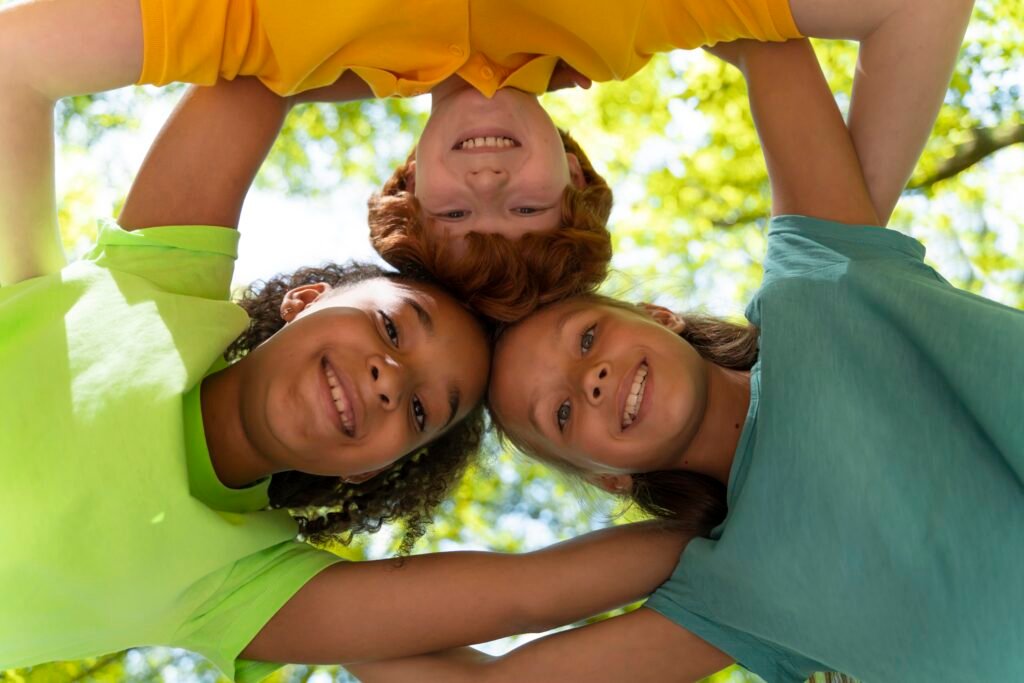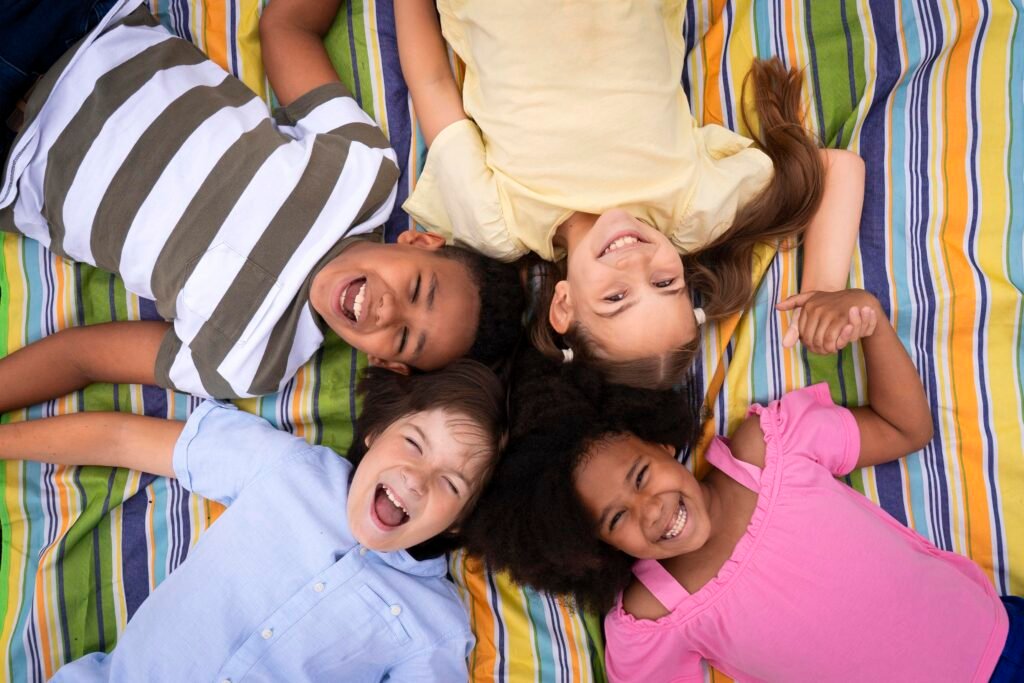In a world filled with different races, cultures, and religions diversity, children must grow up understanding, appreciating, and accepting the myriad of differences that make up our global community. Children exposed to different cultures, lifestyles, and practices learn to see the world through other’s eyes by accepting and embracing others for who they are.
What is Diversity, Inclusion, and Acceptance?
Diversity refers to the presence of differences within a given setting. These differences can be in many forms, including but not limited to race, ethnicity, gender, sexual orientation, socio-economic status, age, physical abilities, religious beliefs, political beliefs, or other ideologies.
Inclusion means creating environments where individuals or groups feel welcomed, respected, supported, and valued.
Acceptance involves recognizing and respecting the differences and similarities in people and embracing them wholeheartedly. It means seeing someone’s unique characteristics and valuing them for who they are, rather than despite those differences.
How to teach Diversity, Inclusion, and Acceptance
Leading by Example

Imitating their guardian is one unique feature of a child, they are curious and always learn by example. As parents, one of the most effective ways to teach children about inclusivity is by modeling it in your daily life for example, demonstrate kindness and respect by treating everyone with the same level of respect and courtesy, whether it’s a friend, a stranger, or someone from a different cultural background. The children reciprocate the same energy learned from showing kindness that reflects inclusivity.
Help Address Bias and Prejudice
children often learn biases and prejudices from their environment, including media, family, and peers. When children use language or exhibit biased or prejudiced behaviors, it often comes from not understanding the impact of their words and actions.
For example, if a child says “Girls can’t play soccer as well as boys,” this could be a biased statement that reflects societal stereotypes rather than reality. The first step is to gently correct this misconception saying “ Girls can be amazing soccer players too just like boys. And that’s all it takes to help them develop into inclusive individuals.
Participating in programs
Schools and communities can organize programs that promote these values for the children, examples of these programs are multicultural fairs and heritage festivals. These events offer a platform for celebrating different cultures through food, music, dance, and art. They provide a fun and engaging way for children and families to learn about and appreciate cultural diversity.
Working together creates a powerful network dedicated to nurturing these essential values. So let’s embrace this journey together by celebrating our differences and teaching the children to do the same. After all, it’s through understanding and acceptance that we can build a brighter, more inclusive future for everyone.









